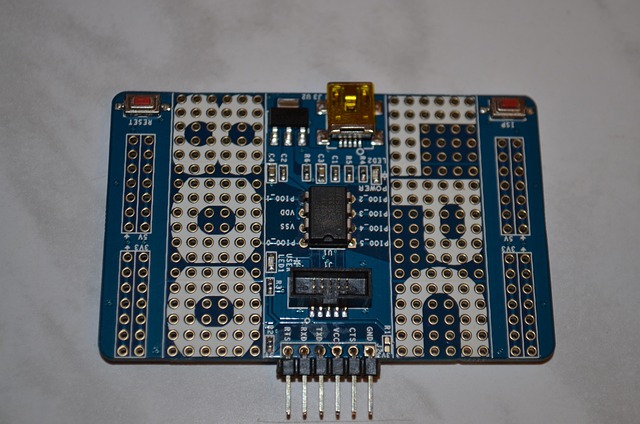
The Ultimate Guide to Thermal Paste: A Must-Have for IT Hardware
The Ultimate Guide to Thermal Paste: A Must-Have for IT Hardware
As an IT enthusiast or a professional in the field of information technology, you know that the heat generated by your computer components—particularly the CPU and GPU—can significantly impact performance and longevity. That’s where thermal paste comes into play. This unassuming substance is often overlooked, yet it serves as a crucial element in maintaining optimal operating temperatures and ensuring your hardware performs efficiently.
What is Thermal Paste?
Thermal paste, also known as thermal compound or thermal grease, is a thermally conductive substance applied between the surface of the CPU/GPU and the heatsink. Its primary function is to fill microscopic imperfections on the surfaces of these components, enhancing the transfer of heat away from the processor and into the cooling solution, thereby preventing overheating.
Why is Thermal Paste Important?
The significance of thermal paste cannot be overstated. Without it, even the most high-performing CPUs and GPUs can experience thermal throttling, where they reduce performance to lower temperatures. This scenario is particularly problematic in heavy computing scenarios, like gaming or rendering, where every bit of performance counts. Proper application of thermal paste can lead to:
- Improved Heat Dissipation: Ensures that your components do not overheat during intensive tasks.
- Enhanced Performance: A well-thermal managed environment allows CPUs/GPUs to run at their full potential without throttling.
- Increased Component Lifespan: By preventing overheating, thermal paste contributes to the longevity of your hardware.
When to Apply Thermal Paste
Knowing when to apply thermal paste is essential for maintaining your IT hardware. Here are some scenarios where reapplication is crucial:
- After Building a New Rig: Always apply thermal paste when installing a new CPU or GPU.
- Periodic Maintenance: It’s wise to replace the thermal paste every couple of years to ensure optimal performance.
- After Cleaning Heatsinks: If you’ve removed the heatsink for cleaning, it’s essential to reapply thermal paste before reassembling.
How to Apply Thermal Paste Correctly
Application is key when it comes to thermal paste. Here’s a quick guide:
- Clean the Surface: Use isopropyl alcohol and a lint-free cloth to clean both the CPU/GPU and the heatsink surface.
- Apply the Paste: Use a pea-sized dot of thermal paste in the center of the CPU/GPU. The amount should be just enough to cover the surface when the heatsink is applied.
- Spread (if necessary): Some prefer to spread the paste evenly with a spatula or their finger (wearing gloves). However, the pressure from the heatsink often spreads it adequately.
- Reattach the Heatsink: Carefully place the heatsink back on without sliding it, as this can create air bubbles.
Choosing the Right Thermal Paste
There is a wide variety of thermal paste available on the market, each with distinct properties such as thermal conductivity, viscosity, and drying times. Here are some factors to consider when selecting:
- Thermal Conductivity: Look for high thermal conductivity ratings, usually measured in watts per meter-kelvin (W/mK).
- Ease of Application: Some pastes come with applicators that make it easier to spread.
- Durability: Some thermal pastes are designed to last longer than others, reducing the need for frequent reapplication.
In a world where IT hardware is the backbone of modern functionality, ensuring your components remain cool is non-negotiable. The proper use of thermal paste can significantly enhance the performance and lifespan of your IT equipment, making it an essential element in hardware maintenance. Whether you’re a seasoned technician or a DIY computer builder, mastering the art of applying thermal paste is a skill worth honing.



